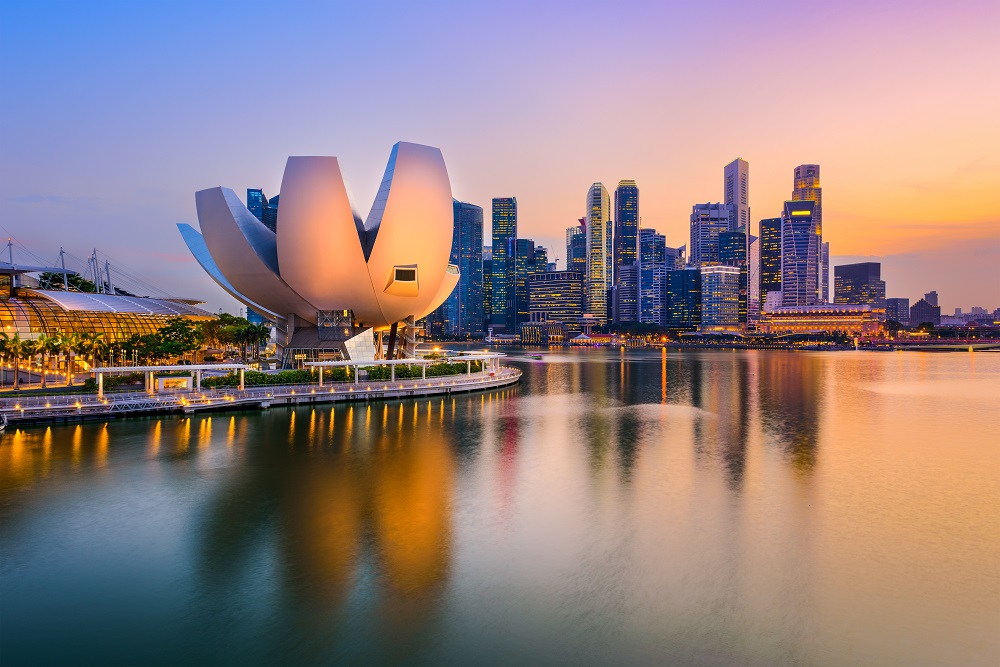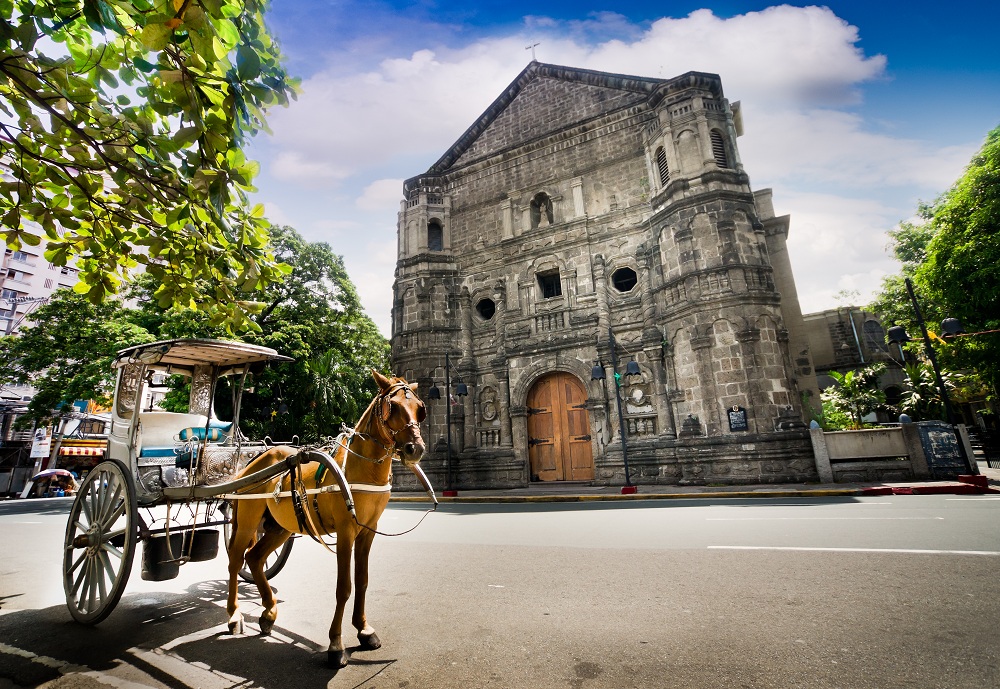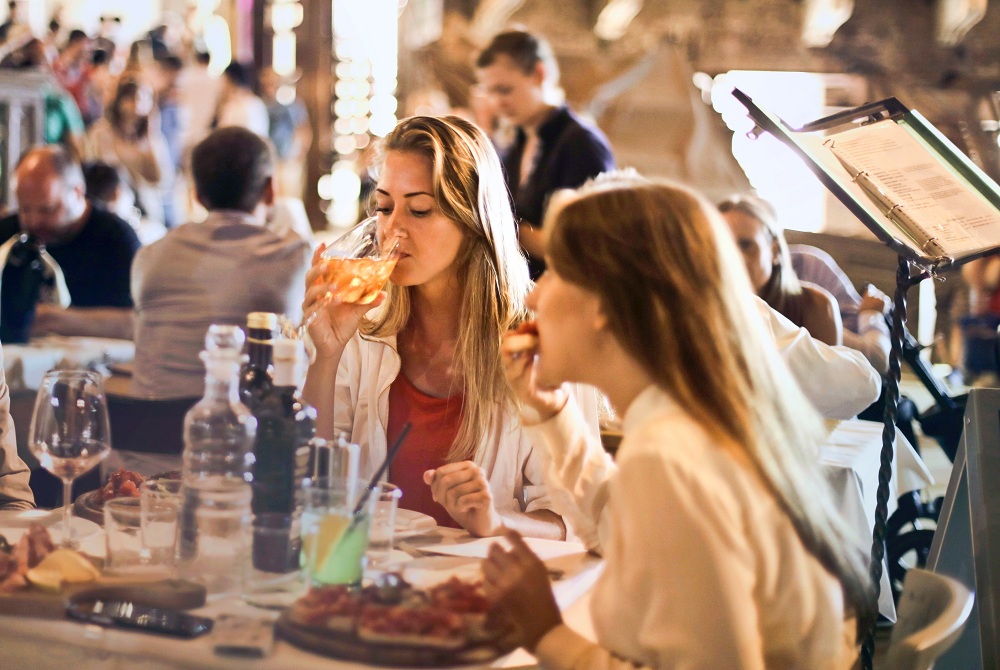The sovereign city-state of Singapore did not go on complete lockdown as a safety measure against the COVID-19 virus, but instead enacted the “circuit breaker”. To most people, the term pertains to a safety device that interrupts the flow of electricity in a circuit, but to Singaporeans, it means entrenching themselves at home to break the chain of infection. Prime Minister Lee Hsien Loong recently announced the circuit breaker may be partially lifted come June 1st. What will life in Singapore be like after that? Here are possible scenarios.
1. Special Social Distancing Measures for Workers
Social distancing measures will definitely remain in place, albeit this will not be a “one size fits all” measure. The social distancing measures in an office setting will likely be less constraining than it would be at construction sites, as foreign workers comprise most of Singapore’s COVID-19 cases. The rapid spread of infections among foreign workers, particularly those in the construction industry, were likely due to their crowded living conditions in dormitories. Other industries like local manufacturing facilities may partially reopen, as long as employees have been cleared and social distancing measures are still practised. New technologies will be used to monitor employee movements and ensure workers from different shifts do not interact with each other during and outside of work.
2. Still No Public and Private Gatherings

Just last April 5, Singapore’s Parliament passed a law that prohibits social gatherings of any size in private and public spaces. Singapore Health Minister Gan Kim Yong said this includes private parties among family members or friends not living in the same residence. The public spaces include parks and “void decks” of public housing. Establishments like bars, hotels, restaurants, event venues and food centres will have to wait a while longer for their business to return to normal operations and see their balance sheets normalise as well.
3. Restricted Travel
Apart from the food and entertainment industries, Singapore’s travel and tourism sectors are among the hardest hit. But should the circuit-breaker ease after June 1, it may be possible for some foreign visitors to enter, even if quarantine protocols are maintained. Students may be allowed to enter or leave the country. Travel restrictions may remain for countries that are virus hotspots, but allow some “travel bubbles”—these will be clusters of countries where incidence of the virus is low. But for Singaporeans to travel to countries that have cases, additional quarantine and testing measures will be imposed on them. Unrestricted global travel from Singapore is unlikely to resume after June 1.
4. Work-from Home Part of “New Normal”
When the circuit breaker was implemented, about 85% of Singapore’s workforce shifted to a work-from-home arrangement. Most schools and workplaces were closed and only essential services and industries crucial to the country’s economy and global supply chains stayed open. Even after June 1 when it may be that some restrictions have been eased, there’s a good possibility that many who already work from home will continue to do so until the foreseeable future.
The new normal for many countries, including Singapore, will be quite different from the “normal” of pre-COVID-19 times. Unless a vaccine is made available and mass testing is done, measures like social distancing, wearing masks and the prevention of large gatherings will remain part of daily life. Whether another round of circuit-breaker measures will be imposed after June 1 will depend on the number of cases that remain and the cooperation of the citizens.



